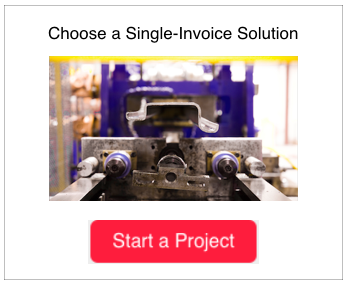 To acquire the highest quality goods, services and raw materials at the lowest possible cost, sourcing managers must have a pulse on:
To acquire the highest quality goods, services and raw materials at the lowest possible cost, sourcing managers must have a pulse on:
-
Evolving market trends.
-
Market demand.
-
Inventory levels.
-
Available vendors.
-
Internal personnel.
The sourcing manager’s responsibilities may also include overseeing a product redesign, and as a result, internal and external engineering teams. During a redesign project, coordination of these parties is crucial to production success.
Why? The interpersonal challenges that can arise have the potential to cripple the project via inefficiencies, delays or an unsuccessful end product. Sourcing managers must foster collaboration and organization with internal and external teams to succeed.
The first step in any redesign project is to define what outcome you expect; for example, to reduce weight, reduce assembly steps or redesign for an alternate production method. Gain buy-in from all teams on these expectations. Next, consider the three following steps to coordinate internal and external teams:
Step 1: Delegate roles and responsibilities.
Choose which tasks you’d like to delegate and which you will undertake. Time is your most valuable asset. As head of a product redesign, you must champion the most critical projects. Focus on the tasks that are the best use of your time.
Delegate the remaining tasks you can’t do as effectively to your internal and external teams. Play to people’s strengths and talents. This small but important step will help you stay efficient and avoid wasting time on projects that others can do better.
Quick tip: Beware of micro-management. Trust is an important component of a healthy relationship between you and your teams. Once roles and responsibilities are delegated and understood, step back and trust that teams will execute.
Step 2: Define approval processes.
It’s important early in the product redesign to decide on a process, including how to make decisions and who is involved in each decision. Without a defined process, you run the risk of wasting time, draining resources and increasing inefficiencies.
Lean and agile methodologies favor quick decisions, less red tape and a streamlined approval process. Speed is valued characteristic for lean and agile companies. If you aren’t already operating in a lean or agile fashion and would like to learn more, read my post Agile, Lean, PLM: What’s the Difference?
Step 3: Establish communication methods.
Leverage technology to communicate more efficiently. Take an inventory of internal and external technologies to establish which tools can help your teams communicate effectively.
Accessibility is a key to effective communication. With multiple iterations of drawings, files, blueprints, proposals, quotes, etc. being passed between teams, it’s important that all information related to a project is easily accessible to team members. Use collaboration tools such as GrabCAD Workbench to centralize information and manage files.
Establish days and times you can communicate consistently with your teams. For example, every Monday at 3 p.m. you hold a web conference with your external partners. Every Friday at 1 p.m. you have a 30-minute, in-person meeting with your internal team.
To learn a few more helpful tips and technologies to drive communication, read Communication and Collaboration Strategies for PLM.
Harmonious alignment between you and your internal and external teams can make your next product redesign an efficient, streamlined project.


